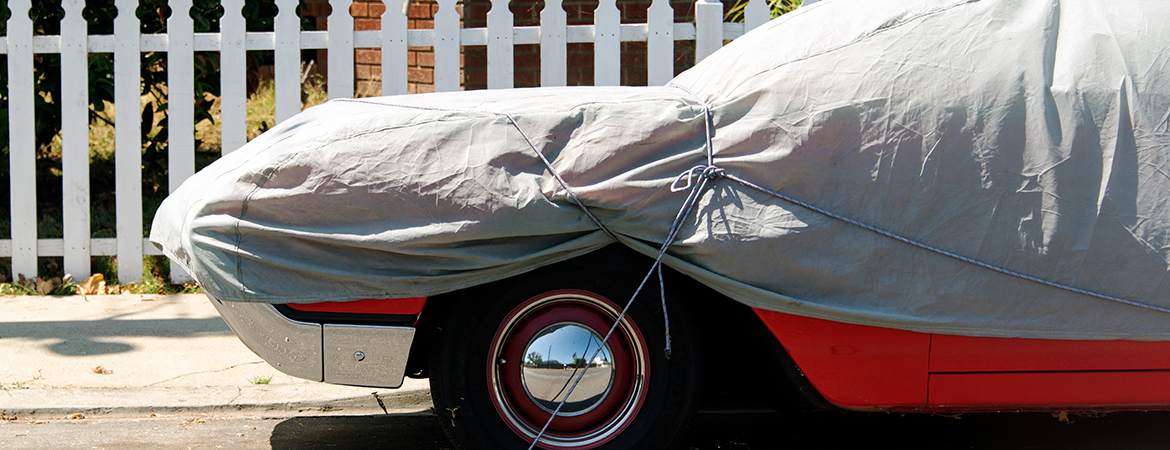Winterizing your warm weather wheels
One of the biggest mistakes people make when storing a vehicle for the winter is leaving the fuel gauge at its current level. Gasoline can go bad over the course of the season and cause damage that far exceeds the bill for a new tank of fuel.

As summer sun and warmer weather starts to give way to the chillier days of fall and winter, it becomes hibernation time for many recreational vehicles. Properly putting boats, RVs, muscle cars, and motorcycles to bed requires a little more effort than parking them in the side yard. When done right, winterizing warm weather wheels can help them wake up ready to roll when spring returns. As such, a little work now can save time, effort, and money later.
One of the biggest mistakes people make when storing a vehicle for the winter is leaving the fuel gauge at its current level. After taking that summer steed for one last joy ride of the season, it is recommended to fill the tank up with fresh fuel – leaving a little bit of room for some stabilizer, which prevents the breakdown of gas over time.
Gasoline can go bad when a car sits for an extended period of time and cause damage that far exceeds the bill for a new tank of fuel. When gas decomposes, it turns into gooey gunk that can wreak havoc on your fuel system, potentially causing extensive damage to the gas line, filter, carburetor, and fuel injector. Condensation that accumulates in the tank’s empty space can also rust the fuel system if it sits long enough.
Winter can also be a car battery’s worst enemy. In harsh temperatures, a battery is at risk of self-discharging over time. According to Consumer Reports, it is only half as powerful at 0°F as it is at 80°F.
To prevent buying a replacement in spring, remove the battery and store it in a clean, dry place. A discharged battery is more susceptible to freezing, so be sure to fully charge a battery before long-term storage.
These precautions will help keep a vehicle’s internal parts healthy over the winter, but imagine turning the key next spring only to realize that the tires are the problem. Idle tires can slowly lose air, especially in fluctuating temperatures. Filling tires to their maximum suggested PSI before parking a vehicle long-term is a great line of defense against flat spots. Getting the wheels off the ground preserves the integrity of the tires (try a center stand for a motorcycle or jack stands for cars), but if that isn’t an option, placing plywood or carpet beneath each tire will provide a protective barrier from the cold ground.
While it may sound counterintuitive, a good wash and wax is also recommended before winter storage. Bird droppings, bug splatter, and even water stains can dig in over a few months of inactivity and permanently damage the paint. Additionally, the vehicle’s underbody and wheel wells have probably collected their fair share of Kentucky dirt. Moisture trapped in the dirt can cause rust to bubble up – a problem much more costly than a simple wash and wax.
These general tips can be applied to all kinds of summer joy rides, but remember… boats, motorhomes, choppers, and hot rods each have individual needs. For an exhaustive check list of how to fully winterize your specific vehicle, consult your owner’s manual, dealer, or a professional mechanic.
>> We want you to be safe out there on the road… but accidents still happen.
At Kentucky Farm Bureau, we’ve got agents in all 120 counties. Click to find one near you.
Check out the video below and subscribe to our YouTube channel for more Tools and Resources.
